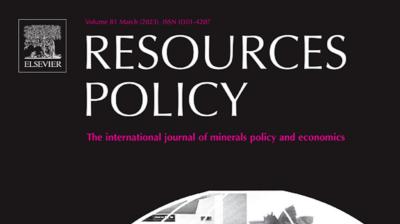In Pursuit of Poverty Reduction: What Have Parliaments Got to Do with It?
How to cite this publication:
Hilde Selbervik, Vibeke Wang (2006). In Pursuit of Poverty Reduction: What Have Parliaments Got to Do with It? Bergen: Chr. Michelsen Institute (CMI Report R 2006: 13)
Launched only 6 years ago, the Poverty Reduction Strategy Paper (PRSP) has become a key reference document to a majority of developing countries. More than 70 developing countries have embarked on a PRSP process. In spite of limited substantiation of success, the PRSP approach has continued to evolve. The PRSP not only constitutes a point of departure for developing countries' dialogue with their developing partners, but also claims to be a national steering document for poverty reduction. When the PRSP was designed, three key groups formed the inner circle: donors, civil society and domestic governments. But what about the highest elected public institutions, namely parliaments - why did they not form part of the inner circle? This report explores why parliaments have come to be marginalised in the PRSP processes. However, more recently the neglect of parliaments has been recognized, but why was the request for parliamentary involvement all of a sudden brought to the fore? Existing sources indicate that parliamentary involvement is increasing somewhat but has remained extremely limited. If it is correct that the role of parliament is still marginal, how can this be explained? In order to answer that question in more detail, we undertake a case study of Tanzania. Delving deeper into one single case sheds further light on the mechanisms at work in the PRSP process. A main argument of this report is that parliamentary neglect is linked to the dominance of the executive in policy processes. Another key argument is that the disregard of parliament is strongly related to characteristics inherent in the very PRSP process itself.



